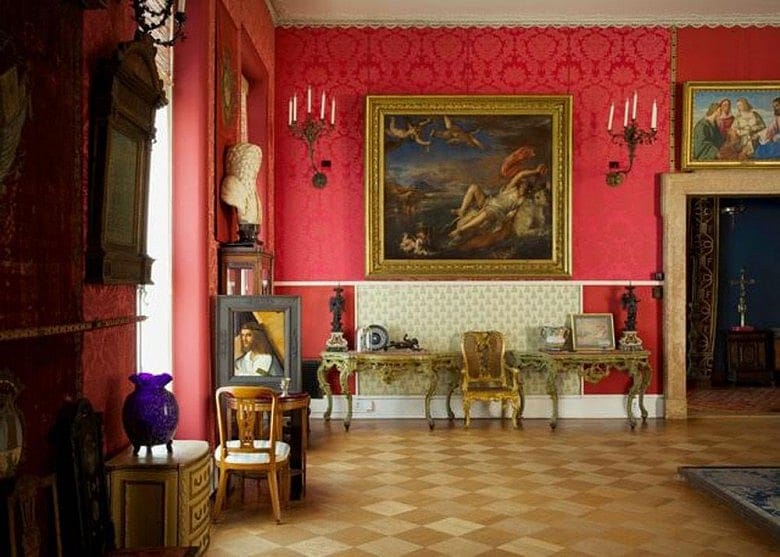A legacy of longing, a gift of beauty

The Isabella Stewart Gardner Museum, also known as Fenway Court, is a calling card of sorts. It reminds residents and guests from around the world of its former owner's vivacious presence in more courteous times.
The exuberant Isabella began collecting the works now housed in the museum on her travels throughout Europe and the Far East with her husband Jack. According to Donna Wayne, one of the docents who delivers inspiring gallery tours of the palatial Venetian styled museum, the permanent collection includes more than 2,500 priceless object d'art. Rare textiles, manuscripts, letters, sculptures, etchings, furniture, and paintings are housed within Fenway Court's sun splashed, flower filled atrium and galleries.

